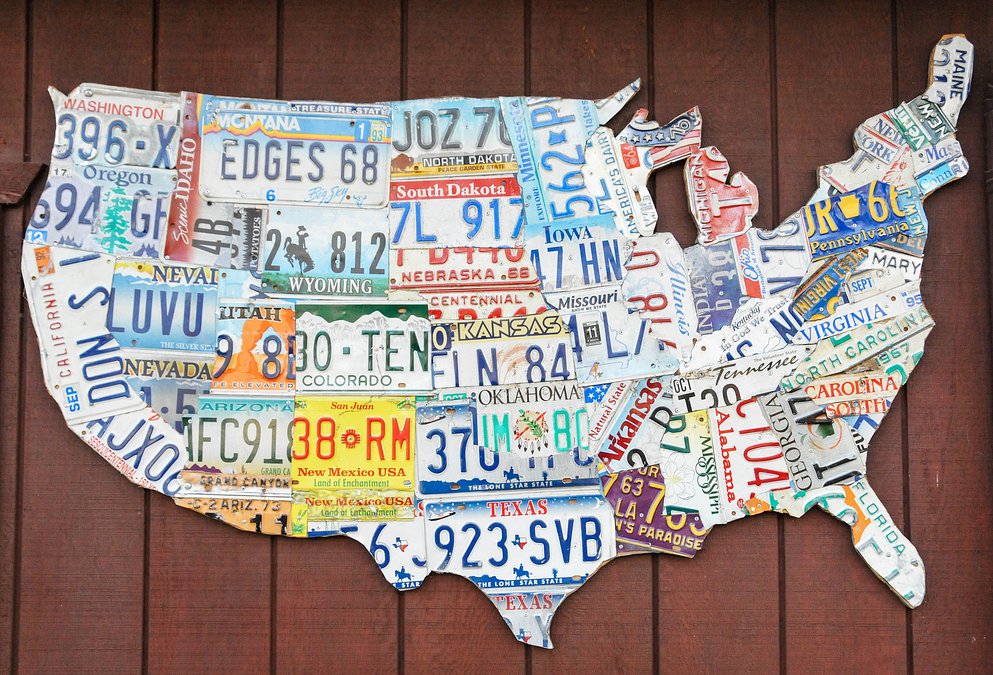With Americans working an average of almost 1,800 hours per year and leaving an average of 4.6 days off unused last year, the personal-finance website WalletHub has released its report on 2022’s Hardest-Working States in America, as well as accompanying videos and expert commentary.
In order to determine where Americans work the hardest, WalletHub compared the 50 states across 10 key metrics. The data set ranges from average workweek hours to share of workers with multiple jobs to annual volunteer hours per resident.
To view the full report and your state’s rank, visit: https://wallethub.com/edu/hardest-working-states-in-america/52400
Top 20 Hardest-Working States
Coming in at the top of the list was North Dakota and number one, followed by Alaska, Nebraska, South Dakota, Texas, Virginia, Oklahoma, Kansas, New Hampshire and, rounding out the top 10, Wyoming. Coming in at number 11, Georgia; followed by Colorado, Tennessee, Maryland, Hawaii, Utah, Indiana, Minnesota, Alabama and, at number 20, Arkansas.
Key Stats
• Alaska has the longest hours worked per week, 41, which is 11 percent longer than in Utah, the state with the shortest at 37.
• New York has the longest average commute time, 34 minutes, which is two times longer than in South Dakota, the state with the shortest at 17 minutes.
• Mississippi has the highest share of workers leaving vacation time unused, 34.70 percent, which is 1.6 times higher than in Ohio, the state with the lowest at 21.90 percent.
• South Dakota has the highest share of workers with multiple jobs, 8.20 percent, which is 2.3 times higher than in New Mexico, the state with the lowest at 3.60 percent.
Expert Commentary
In the current economic environment, do you believe wages will register a true increase? Or, might people need to work extra or get a second job?
“In a tight labor market, which we currently seem to have, wages tend to rise. However, there are a couple of caveats. Even if nominal wages rise, real wages, that is, wages adjusted for inflation, will probably not keep pace in inflationary times. This seems particularly likely for workers with only a high school education. In the last forty years, the real wages of high school graduates have barely moved, while the real earnings of college graduates have risen substantially. There is little reason to expect this dynamic to change soon.”
Mark Montgomery, Ph.D. – Professor, Grinnell College
“No, higher wages do not reflect the true increase given the escalating inflation in the economic environment. Nonetheless, although higher wages can temporarily cushion the inflation effect felt by individuals and households, it could also heighten the already high price levels because higher money circulating within the economy surpasses existing production levels stemming from the pandemic’s aftermath. Moreover, since firms always seek cost-effective options, raising wages without a guaranteed commensurate increase in productivity might not be the first preferred alternative for organizations. As such wherever possible, people might be better off working extra hours or getting second jobs which may be more sustainable.”
Favour O. Olarewaju – Ph.D. Student, University of Memphis
Do you believe job conditions are on the rise in the U.S.? What measures should authorities undertake in order to better protect workers?
“Job conditions have improved since employers across various sectors of the economy have done what they can to ensure worker and customer safety to guarantee success for the individual company. Authorities can provide employers with greater access to testing and vaccines for their employees where they are difficult to come by. In addition, financial assistance can be offered to guarantee that employees do not lose out on any portion of their compensation should they be out of work for an extended period, due to contracting any virus.”
Steven Glazer – Faculty; Chair Social/Behavioral Science, Norwalk Community College
“There is increased demand by workers for better conditions such as better maternity leave, better childcare support, more surety of working hours, making it easier to organize. This requires government intervention, which in turn would require voters to demand it.”
A. Colin Cameron – Department of Economics, University of California, Davis
As most economic activity has resumed after the COVID-19 pandemic, what are the most important measures that can be taken to ensure workers’ safety?
“Develop vaccines to get at new COVID strands, test workers for communicable disease, encourage cleanliness (broadly defined) and permit remote work when productivity is enhanced.”
Solomon W. Polachek – Distinguished Professor, State University of New York at Binghamton
“With the resurgence of economic activities following the COVID-19 pandemic, workers’ safety can be ensured via full COVID vaccinations/boosters to increase the immunity of employees from the virus. Also, periodic COVID tests especially when in constant interaction amidst crowded places should be encouraged with walk-in appointments or self-testing COVID kits to be used anywhere. Moreover, workers should have the option of working remotely at regular intervals by physical and virtual collaborations (including sectoral and cross-sector partnerships) as well as embracing new technologies to aid adaptability and productive outcomes.”
Favour O. Olarewaju – Ph.D. Student, University of Memphis





